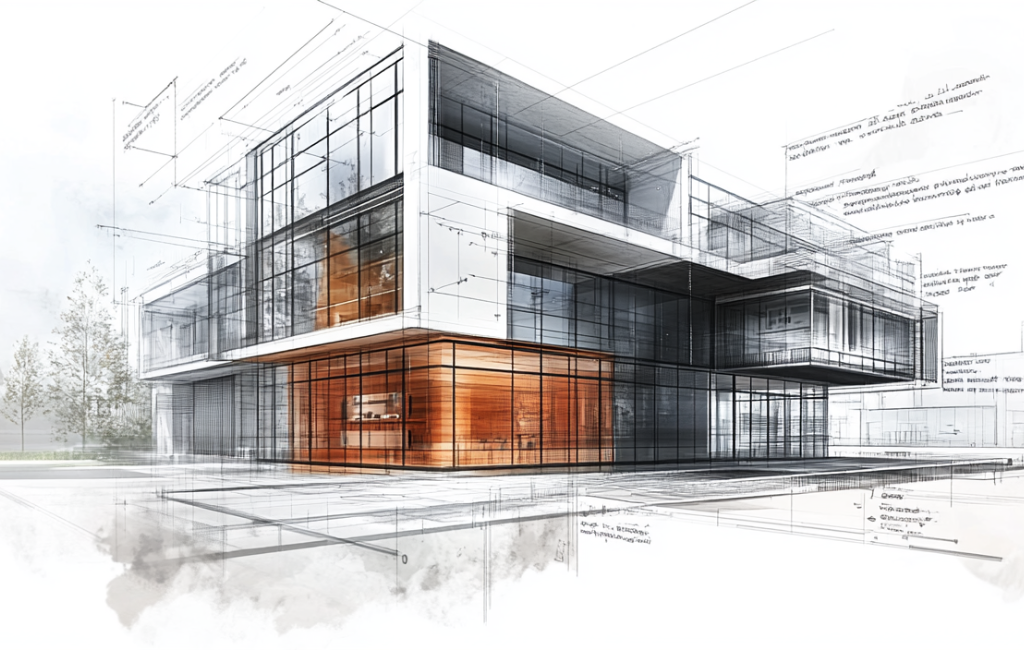Architect’s Role in Design
The role of an architect in the design process is multifaceted and dynamic, encompassing a range of responsibilities that extend beyond mere aesthetics. Architects are pivotal in shaping the built environment, influencing not only the physical structures but also the social and cultural fabric of communities. This article explores the various dimensions of an architect’s role in design, highlighting their impact on functionality, sustainability, and innovation.
Understanding the Architect’s Responsibilities
Architects are responsible for creating designs that are both functional and visually appealing. Their work involves a deep understanding of spatial dynamics, materials, and construction techniques. They must balance creativity with practicality, ensuring that their designs meet the needs of clients while adhering to regulatory standards.
- Conceptualizing and developing design ideas
- Creating detailed architectural plans and drawings
- Collaborating with engineers and other professionals
- Overseeing construction to ensure design fidelity
- Ensuring compliance with building codes and regulations
Impact on Functionality
Functionality is a core aspect of architectural design. Architects must consider how spaces will be used and how they can be optimized for efficiency and comfort. This involves a thorough analysis of user needs and behaviors, as well as an understanding of the technical requirements of the building.
For example, in designing a hospital, architects must ensure that the layout facilitates efficient movement of patients and staff, while also providing a calming environment for recovery. This requires careful planning of corridors, patient rooms, and common areas to minimize stress and maximize accessibility.
Embracing Sustainability
Sustainability has become a key consideration in modern architecture. Architects are increasingly tasked with designing buildings that minimize environmental impact and promote energy efficiency. This involves the use of sustainable materials, energy-efficient systems, and innovative design strategies that reduce resource consumption.
One notable example is the Bullitt Center in Seattle, often referred to as the “greenest commercial building in the world.” Designed by the Miller Hull Partnership, this building features solar panels, rainwater harvesting, and composting toilets, demonstrating how architects can lead the way in sustainable design.
Driving Innovation
Architects are at the forefront of innovation in the construction industry. They are constantly exploring new materials, technologies, and design methodologies to push the boundaries of what is possible. This spirit of innovation is evident in projects like the Bosco Verticale in Milan, a pair of residential towers that incorporate over 900 trees and 5,000 shrubs, creating a vertical forest that improves air quality and biodiversity.
Such projects highlight the potential for architects to transform urban environments, making them more livable and resilient. By embracing new technologies and design approaches, architects can create spaces that are not only functional and sustainable but also inspiring and forward-thinking.
Case Studies: Architectural Excellence
Examining case studies of successful architectural projects can provide valuable insights into the role of architects in design. The Sydney Opera House, designed by Jørn Utzon, is a prime example of how innovative design can become an iconic symbol of a city. Its unique sail-like structure not only serves a functional purpose but also enhances the cultural identity of Sydney.
Another example is the Guggenheim Museum in Bilbao, designed by Frank Gehry. This building is renowned for its bold, sculptural form, which has revitalized the city and attracted millions of visitors. These case studies illustrate how architects can create spaces that are not only functional but also culturally significant and economically beneficial.
Challenges and Opportunities
Architects face numerous challenges in the design process, from budget constraints to regulatory hurdles. However, these challenges also present opportunities for creativity and innovation. By navigating these complexities, architects can develop solutions that address the needs of clients and communities while pushing the boundaries of design.
For instance, the use of digital tools and technologies has revolutionized the way architects work, enabling them to create more accurate and efficient designs. Building Information Modeling (BIM) allows architects to visualize and simulate building performance, leading to better decision-making and improved outcomes.
Conclusion
The role of an architect in design is both challenging and rewarding, requiring a balance of creativity, technical expertise, and strategic thinking. Architects have the power to shape the built environment in ways that enhance functionality, promote sustainability, and inspire innovation. Through their work, they contribute to the creation of spaces that are not only aesthetically pleasing but also socially and environmentally responsible. As the demands of the modern world continue to evolve, architects will play an increasingly important role in designing the future of our cities and communities.
